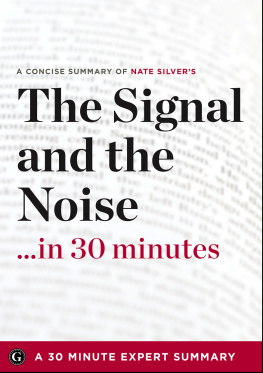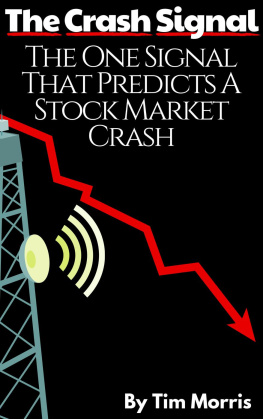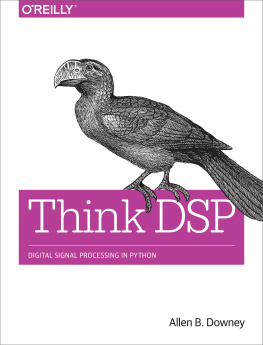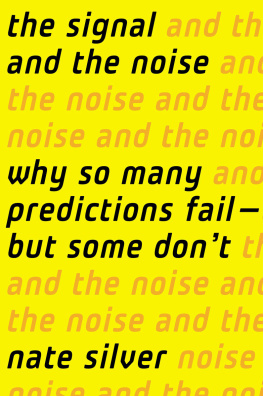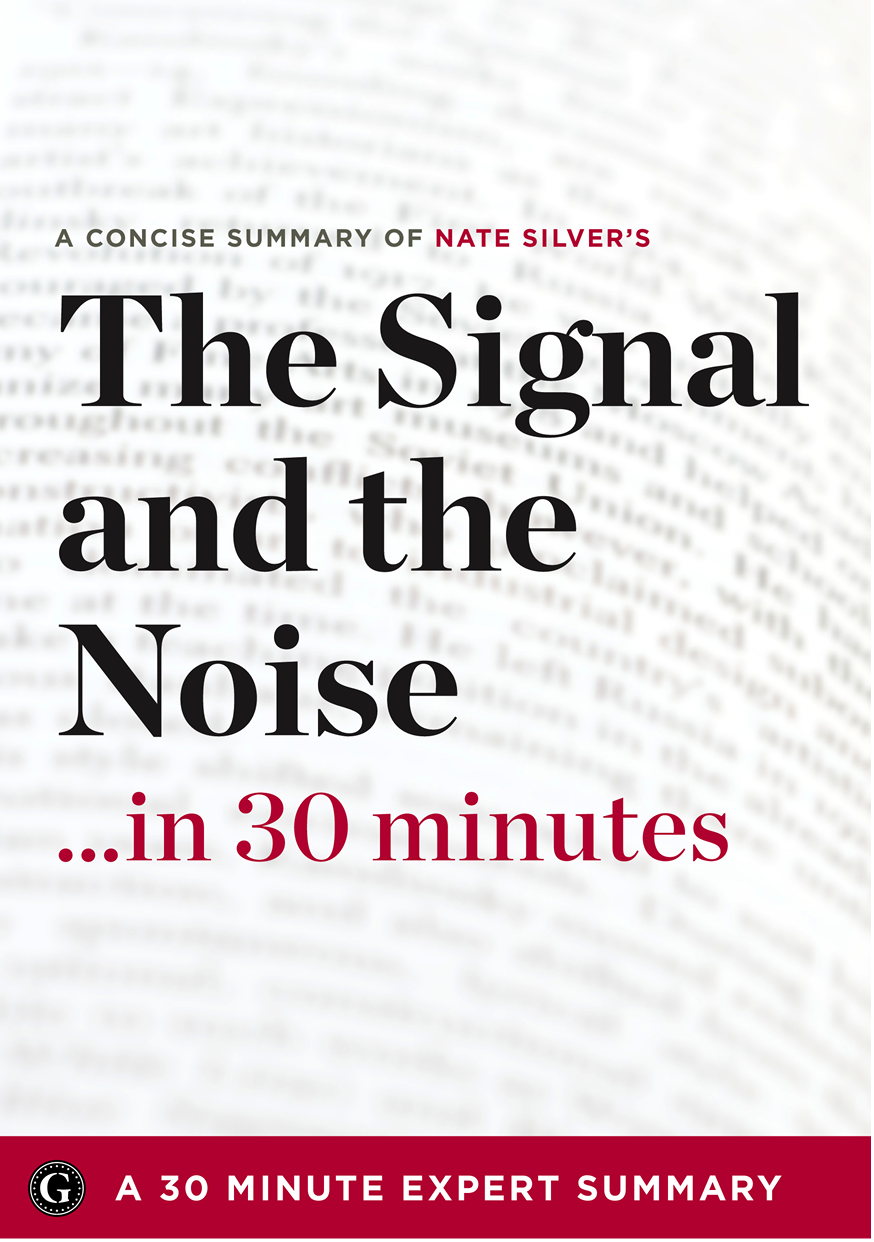
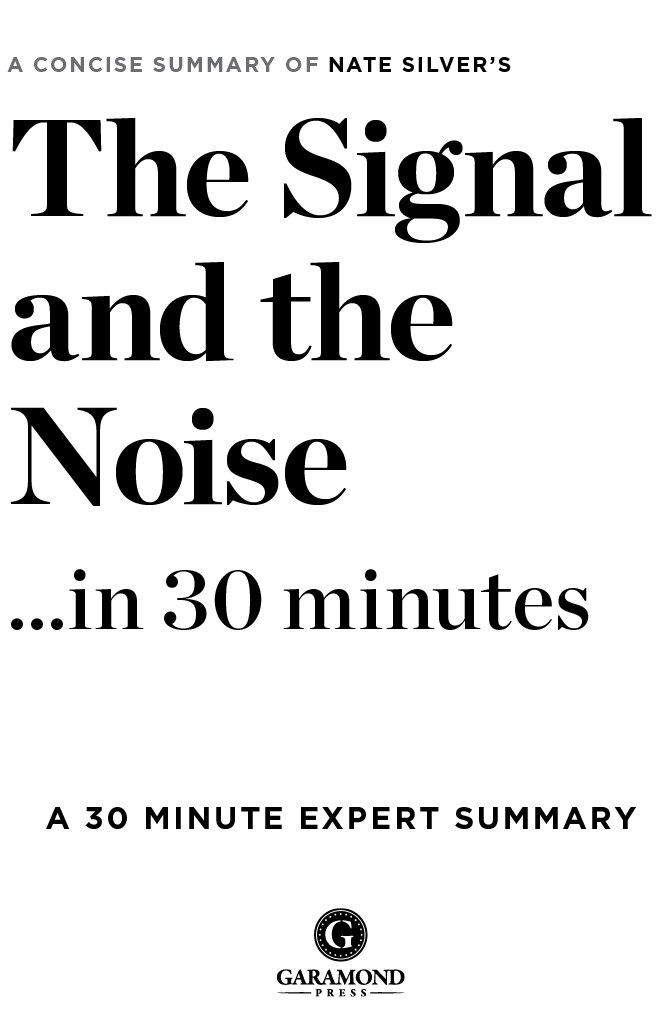
Copyright 2012 by Garamond Press, Berkeley, California
No part of this publication may be reproduced, stored in a retrieval system or transmitted in any form or by any means, electronic, mechanical, photocopying, recording, scanning, or otherwise, except as permitted under Sections 107 or 108 of the 1976 United States Copyright Act, without the prior written permission of the Publisher. Requests to the Publisher for permission should be addressed to the Permissions Department, Garamond Press, 918 Parker St, Suite A-12, Berkeley, CA 94710.
Limit of Liability/Disclaimer of Warranty: The publisher and the author make no representations or warranties with respect to the accuracy or completeness of the contents of this work and specifically disclaim all warranties, including, without limitation, warranties of fitness for a particular purpose. No warranty may be created or extended by sales or promotional materials. The advice and strategies contained herein may not be suitable for every situation. This work is sold with the understanding that the publisher is not engaged in rendering medical, legal or other professional advice or services. If professional assistance is required, the services of a competent professional person should be sought. Neither the publisher nor the author shall be liable for damages arising herefrom. The fact that an individual, organization or website is referred to in this work as a citation and/or a potential source of further information does not mean that the author or the publisher endorses the information the individual, organization or website may provide or recommendations they/it may make. Further, readers should be aware that Internet websites listed in this work may have changed or disappeared between when this work was written and when it is read.
For general information on our other products and services or to obtain technical support, please contact our Customer Care Department within the U.S. at (866) 744-2665, or outside the U.S. at (510) 253-0500.
Garamond Press publishes its books in a variety of electronic and print formats. Some content that appears in print may not be available in electronic books, and vice versa.
UNOFFICIAL: This summary book is unofficial and unauthorized. This book is not authorized, approved, licensed or endorsed by Nate Silver, The Penguin Group or The Penguin Press HC.
TRADEMARKS: Garamond Press and the Garamond Press logo are trademarks or registered trademarks of Callisto Media Inc. and/or its affiliates, in the United States and other countries, and may not be used without written permission. All other trademarks are the property of their respective owners. Garamond Press is not associated with any product or vendor mentioned in this book.
ISBNs:
978-1-62315-052-5 Print
978-1-62315-053-2 eBook
CONTENTS
Chapter Summaries
INTRODUCTION
Overview
According to Nate Silver, author of The Signal and the Noise: Why So Many Predictions Fail but Some Dont , the information age has given people access to so much data that theyre having real trouble making accurate predictions.
In the first half of the book, Silver describes how predictions can fail. For example, when peoples political or personal biases interfere with how they receive information, their predictions often amount to little more than overconfident guesswork, since theyre basing them not on the truth (the signal ) but on what distracts them from the truth (the noise ). Peoples failed predictions can even have catastrophic impacts on their own and others economic and social well-being.
In the second half of the book, Silver shows how people can correct the inherent biases in their thinking and improve their prediction-making abilities in all areas. People can do this, he says, by applying Bayess theorem to the task of making predictions. Bayess theorem, Silver explains, is a stunningly simple and yet surprisingly rich mathematical formula that can guide everyone toward the kind of probabilistic thinking most likely to produce safer, more reliable predictions.
About the Author
Nate Silver (born January 13, 1978) is a statistician as well as an electoral and political analyst. His predictive abilities came to public attention through his stat-crunching activities in two highly visible American institutions professional baseball and the arena of presidential elections.
When Silver was in his early twenties, he developed the PECOTA (Player Empirical Comparison and Optimization Test Algorithm) system for forecasting the performance and careers of Major League Baseball players. (The acronym is a private joke, since it spells out the last name of Bill Pecota, a pesky infielder with the 1980s-era Kansas City Royals who usually meant trouble for Silvers hometown favorites, the Detroit Tigers.) The PECOTA system proved so effective that it was purchased by the Baseball Prospectus organization.
In 2007, Silver began making predictions about the 2008 US presidential election, starting with the Democratic primaries and caucuses. At first he did this work under the pseudonym Poblano and published it on the Daily Kos political blog, but in March 2008 he founded his own site, FiveThirtyEight.com (named for the total number of electoral votes available in the fifty states). At FiveThirtyEight, Silver correctly predicted the winning presidential candidate in all but one of the fifty states in 2008, and he also accurately predicted the winners of all thirty-five US Senate races that year. In fact, with his nearly perfect predictions, Silver outperformed a range of better-known pundits and polls all through the 2008 electoral season. In the 2012 presidential election, Silvers notoriety skyrocketed when he correctly predicted the winning presidential candidate in all fifty states.
In 2009, Time named Nate Silver among the magazines 100 Most Influential People for that year. In 2010, Silvers blog was licensed to the New York Times as FiveThirtyEight: Nate Silvers Political Calculus. In 2012, the International Academy of Digital Arts and Sciences honored FiveThirtyEight with a Webby Award as Best Political Blog.
How the Book Came About
The Signal and the Noise , published in 2012, is Nate Silvers first book. Its publication is clearly an outcome of Silvers growing reputation as a statistician and political analyst. The book earned instant praise, as did Silver himself. The Boston Globe called Silver a stats whiz and deemed him responsible for remaking the art of political punditry. Esquire lauded The Signal and the Noise for bringing a humanistic approach to statistics. The Los Angeles Times called the book insightful, and the reviewer for the Wall Street Journal praised the scholarship of the author, describing Silvers arguments and examples as painstakingly researched. Some critics have found the quality of the writing uneven, but the quality of the books content has not been disputed. The Signal and the Noise was an instant success, and it quickly took its place among the top ten New York Times best sellers.
Peoples ability to generate data is growing all the time, Nate Silver says, but their prediction-making powers are not keeping up with the growth in data. Silver explains that confidence and precision, far from being signs of accuracy, can be indicators of inaccuracy when it comes to making predictions involving complex systems. Uncertainty, he says, is a part of life, and its a big part of forecasting. But most forecasters fail to account for uncertainty, and thats why their predictions so often fail.

